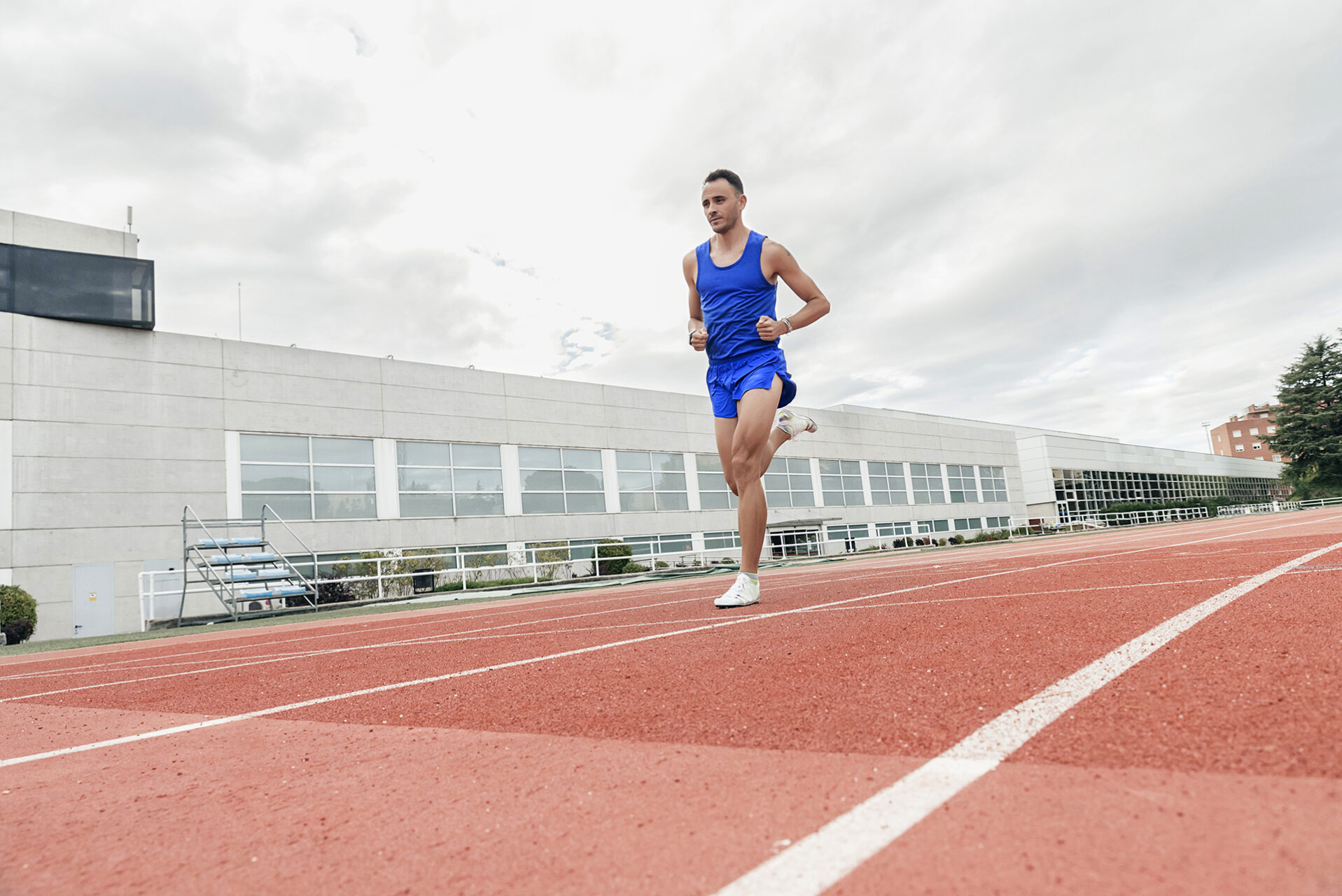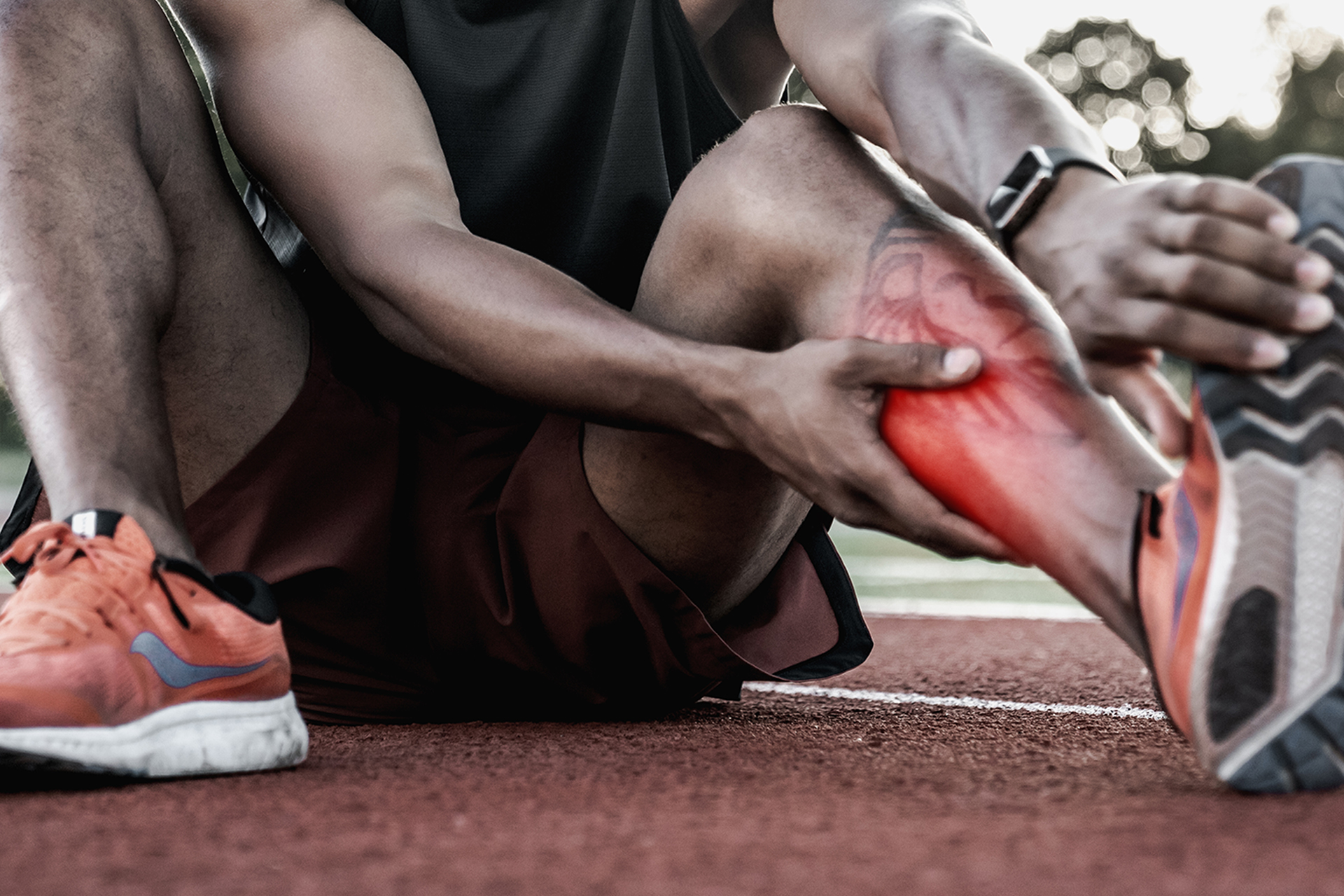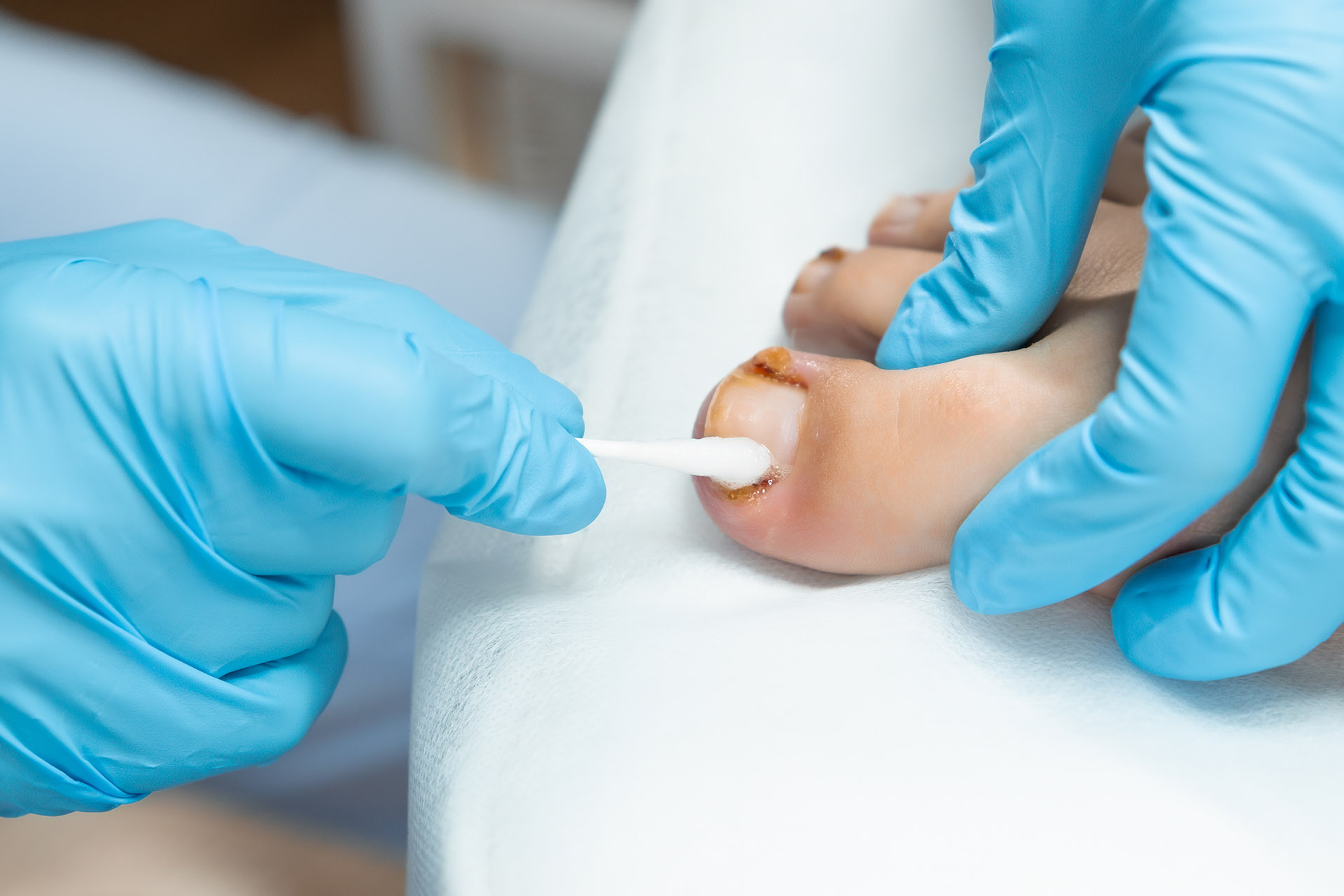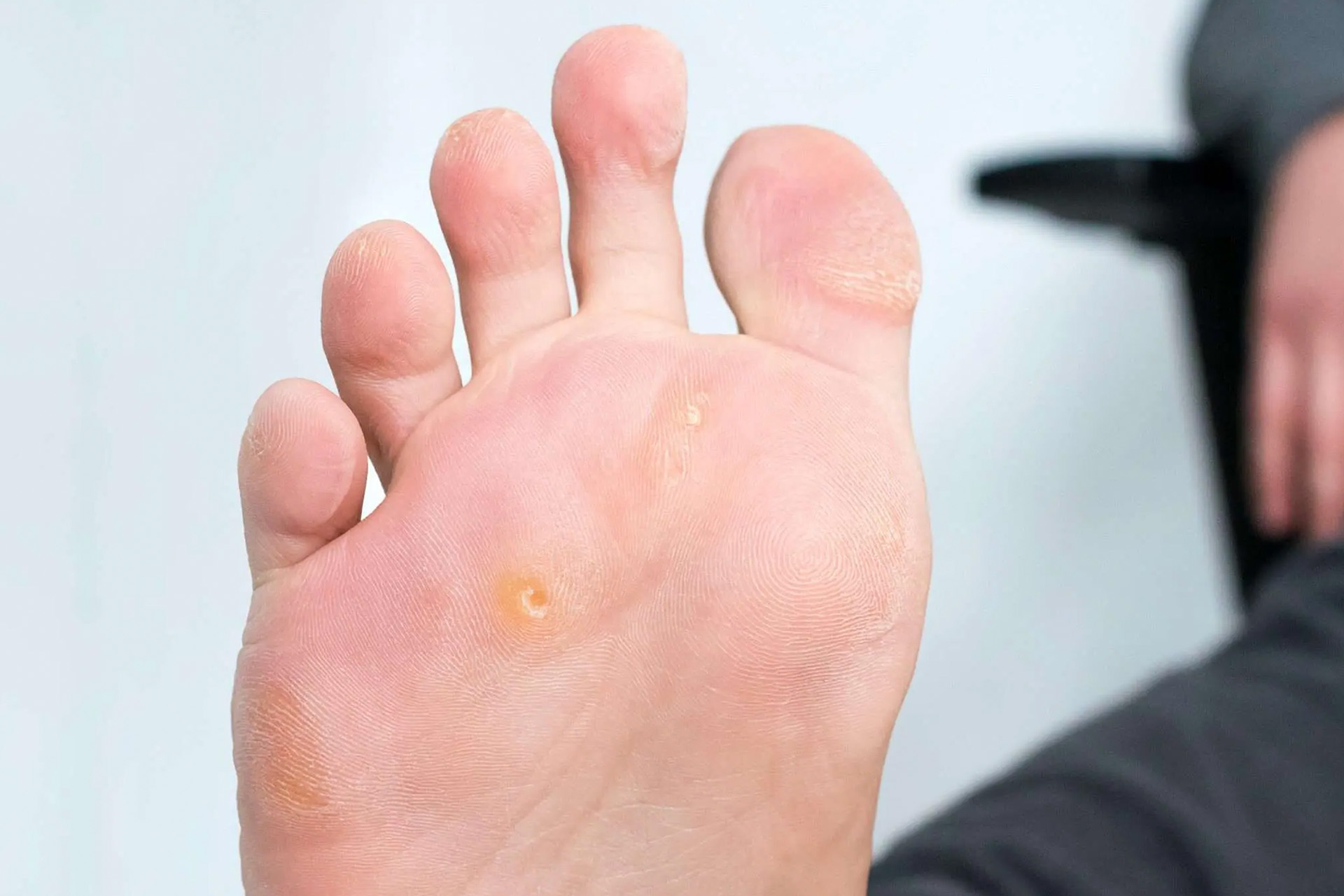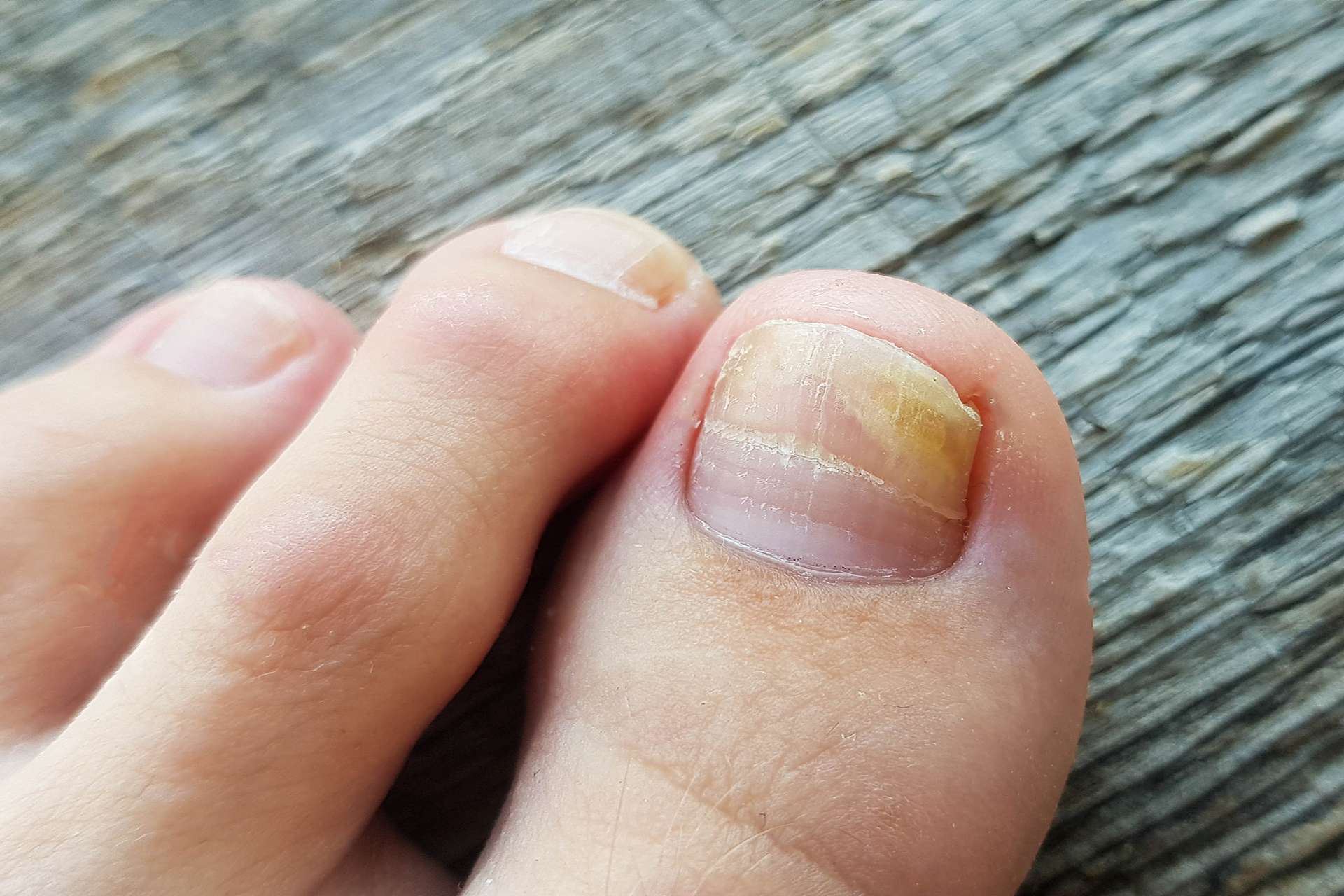What Causes Claw Toe Deformity?
Claw toe causes can be attributed to several different factors such as musculoskeletal disorders, neuropathic conditions like diabetes, or genetically inherited. Tendon imbalance, diabetes, nerve-related conditions, rheumatoid arthritis, a stroke, or simply normal ageing create imbalances that bend and lead to the condition.
Most often, the root cause of this foot and ankle dysfunction is an atrophy of the joint’s intrinsic muscles due to biomechanical imbalances elsewhere in the body, arthrosis, or improperly fitting footwear.
Hereditary factors like foot shape — e.g. people with high-arched or flat feet — can increase the likelihood of claw toe disorders. In some cases, however, the exact cause of claw toes may never be identified.
Do I Have Claw Toes?
Claw toes can be painful, making standing, walking, and moving hard. If you have claw toes, the progression of the foot disorder happens in two stages:
- The early flexibility stage is where your joints can move, but there’s a bit of stiffness.
- The rigid stage is when the stiffness results in your toes and joints being stuck in a claw-like position.
If you have this foot disorder, the muscles in your feet have weakened, requiring your body to compensate by shifting weight onto different parts of your foot.
This increases the likelihood of calluses and corns forming as your skin rubs against tight-fitting shoes, creating additional pain and discomfort. Corns are usually small or round. They can be soft or hard, depending on the irritation. Corns are often found on the side, bottom, or top of your feet wherever rubbing can occur. Calluses are hardened skin areas due to excess friction usually found on the bottoms of your feet.
Treatment for the management of claw toes is recommended for patients as pain and stiffness can progressively worsen and become permanent if left untreated. A proper podiatric assessment and noninvasive therapies will improve the foot’s function and alleviate associated claw toe pain.
If you have trouble moving your joints and your toes resemble a claw-like shape, schedule a consultation with our podiatrist to rule out other similar foot and ankle conditions — such as hammertoes or mallet toes — that are often mistaken for claw toes.
Difference between Claw, Hammer, and Mallet Toes
All of the toes in your foot have three joints, except for the big toe, which has two. When someone has claw toes, the middle and last joints are affected, causing them to be pointed. Hammertoes and mallet toes, on the other hand, impact individual joints in the toe:
- Hammertoes are caused by weak muscles affecting the middle joint, resulting in the joint sticking up like a hammer.
- Mallet toes affect the last joint, causing the toes to flex upwards.
These conditions will cause foot pain when walking or running. If you are unsure of which of these conditions you may have, one of our podiatrists can easily diagnose and help manage the condition to restore your foot’s – and body’s – optimal function.
Neurological Conditions Related to Claw Toes
Neurological conditions can cause claw toes by impacting the central nervous system,, influencing the weight balance in the foot. Three neurological diseases often associated with claw toes are:
- Charcot-Marie-Tooth disease, or CMT, is a hereditary disease that usually causes weak muscles in the arms and legs. It can also lead to a loss of sensation in the limbs and various parts of the body.
- Friedreich ataxia (FDRA) is a genetic disease that influences the nervous system and brain, often leading to a loss of sensation and difficulty with mobility.
- Cerebral Palsy is a motor disability that hampers one’s balance, posture, and movement and usually affects children.
Claw foot is also often related to claw toe nerve damage caused by conditions like diabetes or alcoholism, which can weaken the foot’s muscles. Managing your foot condition early while the toes are still flexible, especially if you have a related neurological disorder, with a conservative, noninvasive podiatric plan can successfully negate the need for the last-resort surgical option.
Conservative and Surgical Treatment
Both conservative, noninvasive claw toe treatment and elective surgical procedures are potential options for patients, depending on a podiatrist or foot doctor’s diagnosis. A podiatrist may visually inspect your injury and physically assess your mobility. The initial consultation will test to see if your symptoms are neurological or result from other causes such as arthritis, trauma, or tight footwear.
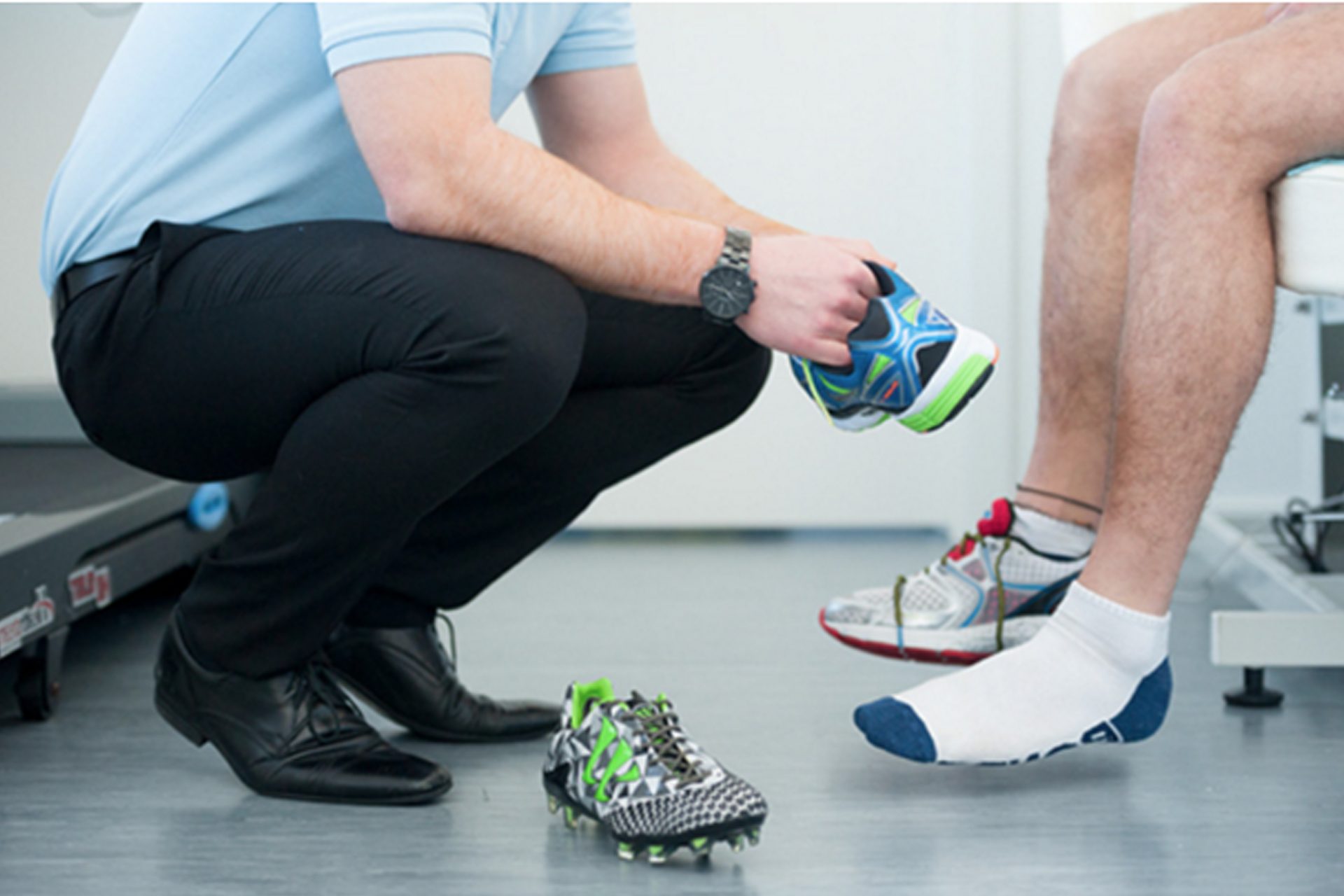
Non-surgical interventions at the early flexible stage include:
- Footwear Assessments identify comfortable footwear with softer material, low heels, supportive arches, and large toe boxes.
- Taping may be used to guide the movement of your toes and stabilize them.
- Insoles, Cushions, or Claw Toe Splints can be inserted into shoes to provide comfort and support for your toes.
- Foot Mobilisation exercises can help to increase the foot’s function to help to straighten muscles in your toes.
Non-surgical relief at the later rigid stage include:
- Custom Orthoses designed for your feet that can provide the necessary support.
- Prescription Footwear to help stabilize your foot.
Other therapies for claw toes prescribed at The Foot Practice may include Shockwave Therapy and Dry Needling to relieve pain and assist in the healing of chronic musculoskeletal dysfunction. However, if the conservative, noninvasive protocols above are ineffective in alleviating pain and reducing discomfort when wearing shoes, claw toe surgery options should be discussed with our podiatrist.
The Foot Practice’s podiatric team may refer you to an orthopaedic surgeon for consultation. Surgical interventions may include transplanting muscle tendons to stabilise and return your foot to optimal function and shortening bones for proper realignment.
Early detection and proper diagnosis are essential to a claw toe correction plan, improving overall quality of life and preventing further complications. If you want to find out how to fix claw toes without surgery, contact our podiatry clinic for an initial consultation today.
Prevention and Care
Some of the things you can do to prevent claw toes can also help take care of them. Doing exercises, stretching your toes, wearing supportive footwear, and taking care of ailments in your foot can improve the condition of claw toes.
- As this musculoskeletal dysfunction continues to deteriorate due to foot imbalances, claw toe exercises like toe gripping or soft mobilisation to strengthen your toes can be beneficial to restoring balance and improving mobility.
- Wear properly fitting footwear that is comfortable without compromising stability to give your toes ample room.
- If you have bunions, it is crucial to take care of blisters, corns, or calluses, as neglecting them can lead you to shift your body weight onto different parts of the foot to avoid discomfort, which can increase the risk of claw toes. Make an appointment with our podiatrist for the management of your bunion.
Seeing a podiatrist at The Foot Practice can ensure a proper diagnosis and management plan for your foot and ankle condition. Although having claw toes can be a difficult condition to manage, you can still live a normal life with the proper podiatric plan and care.


